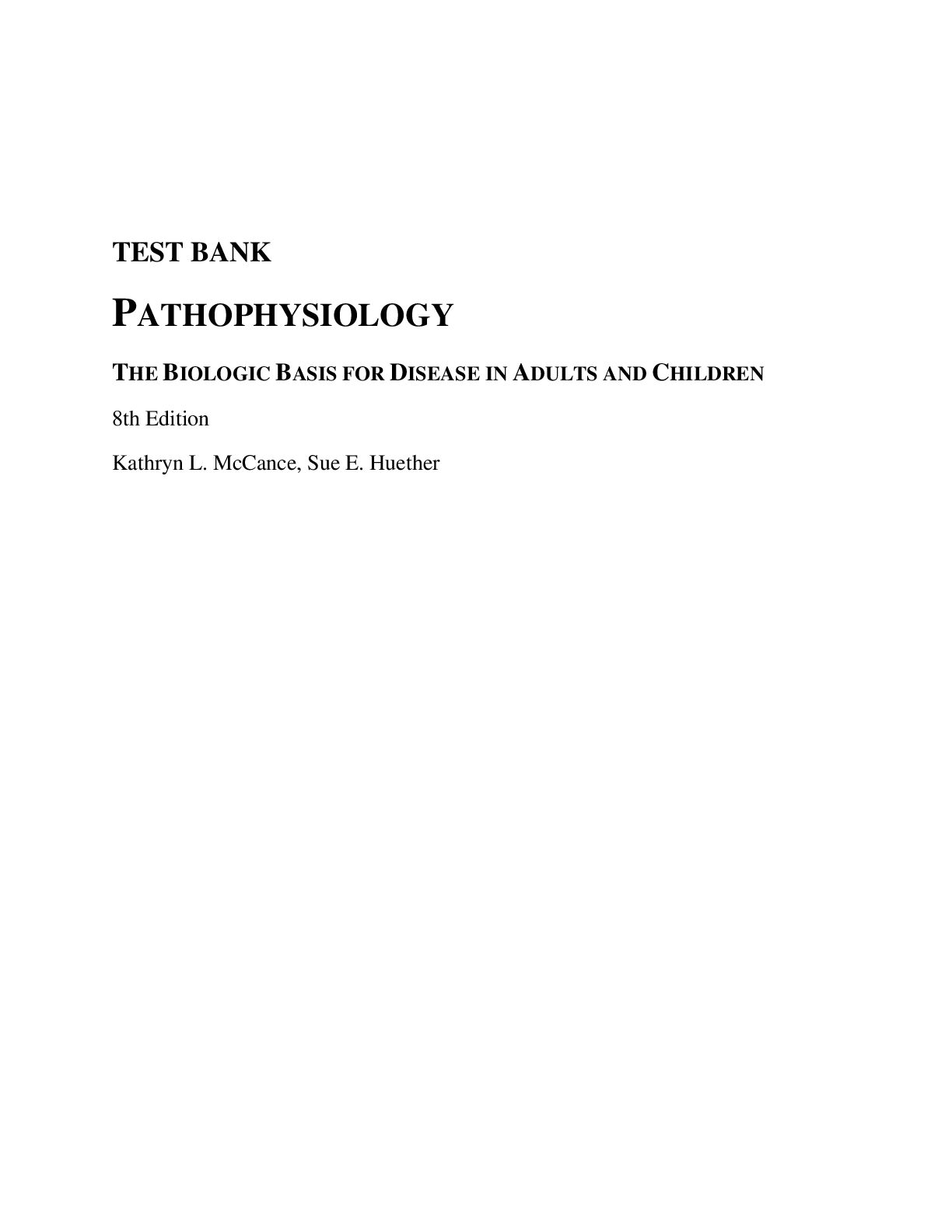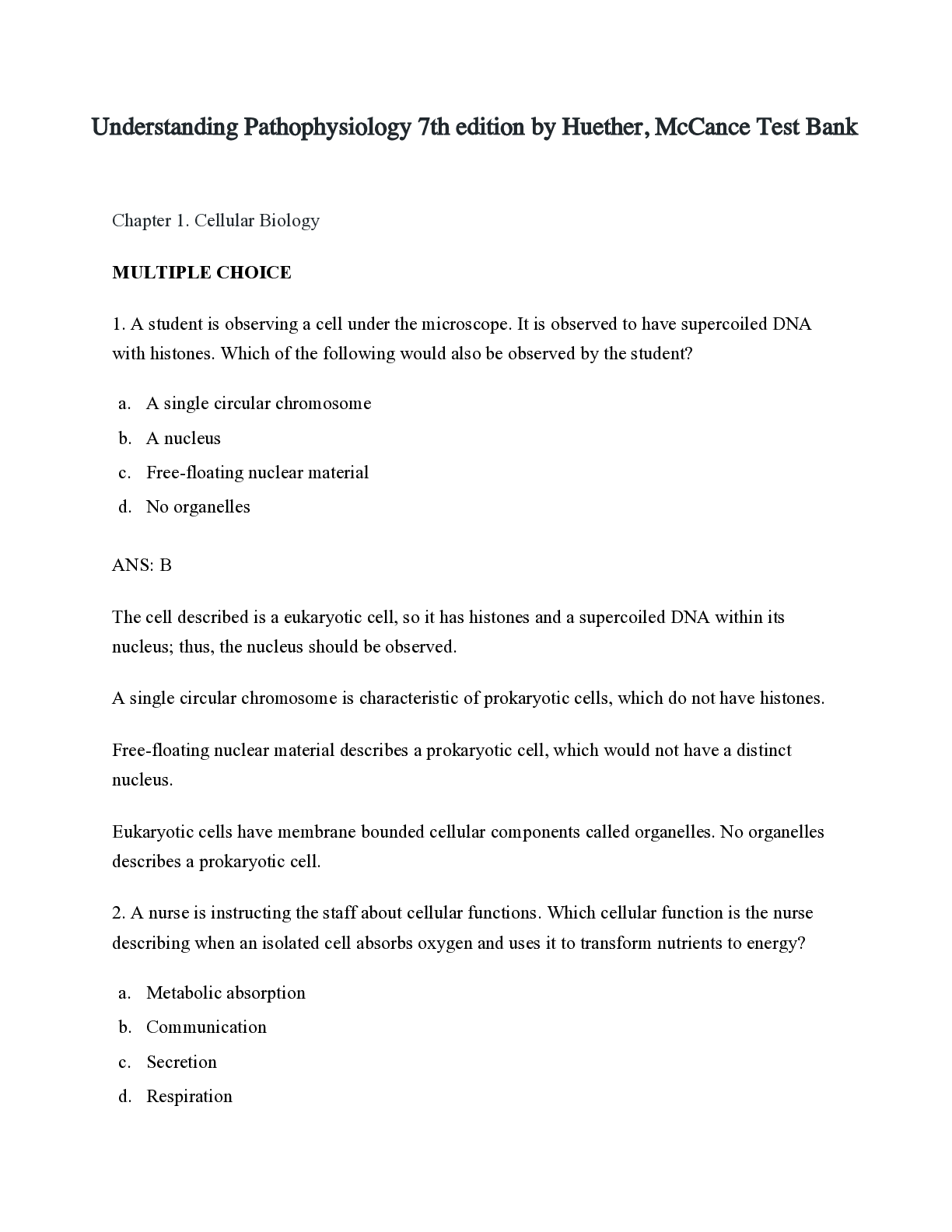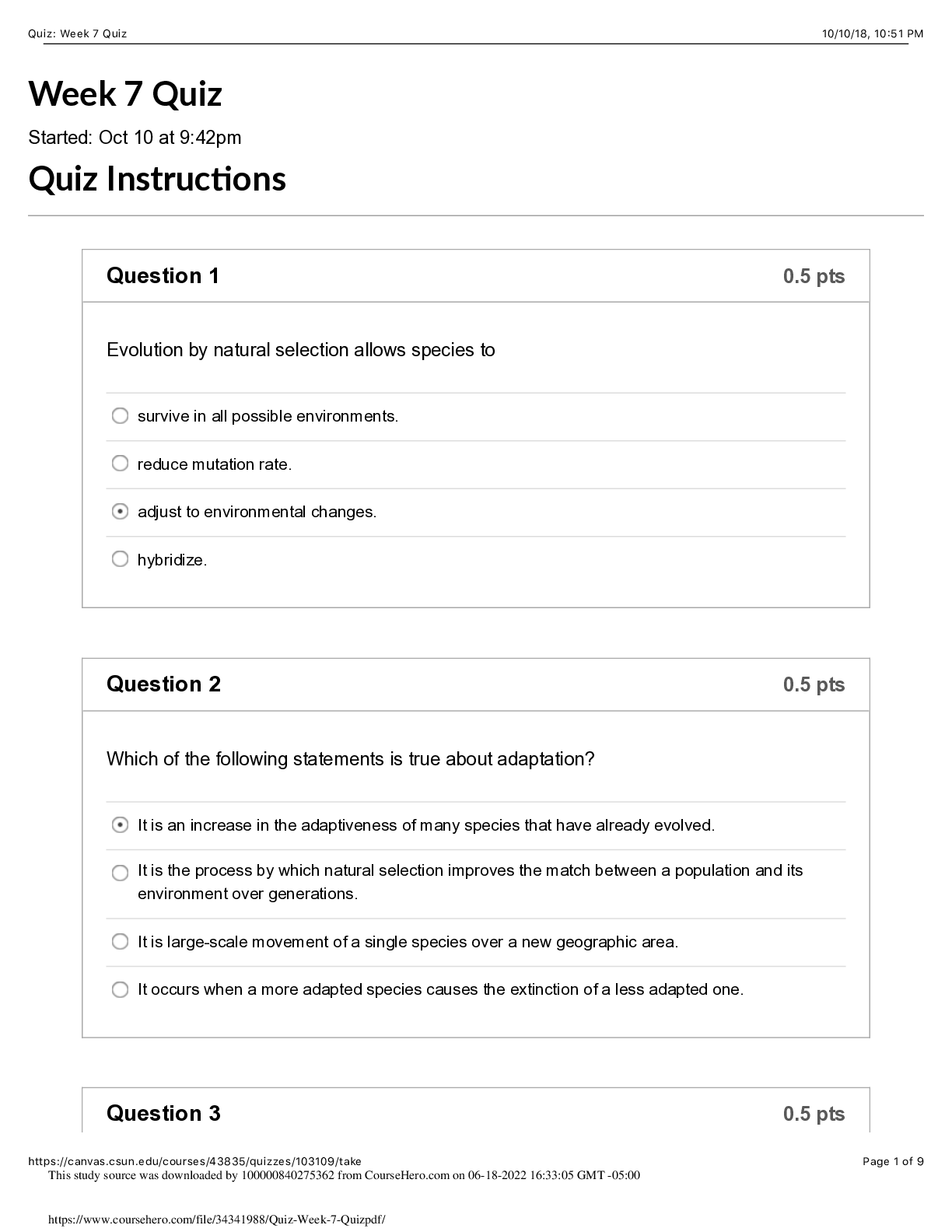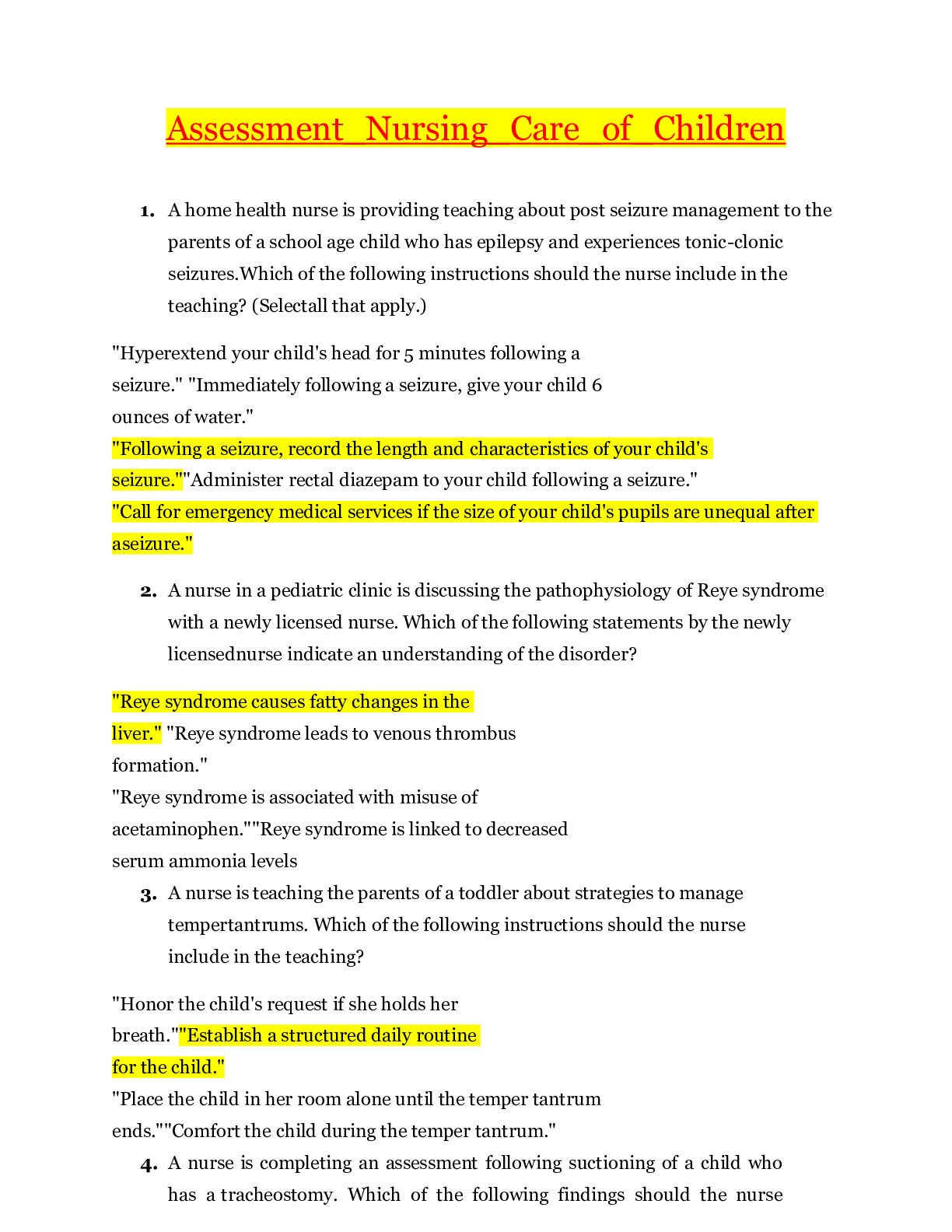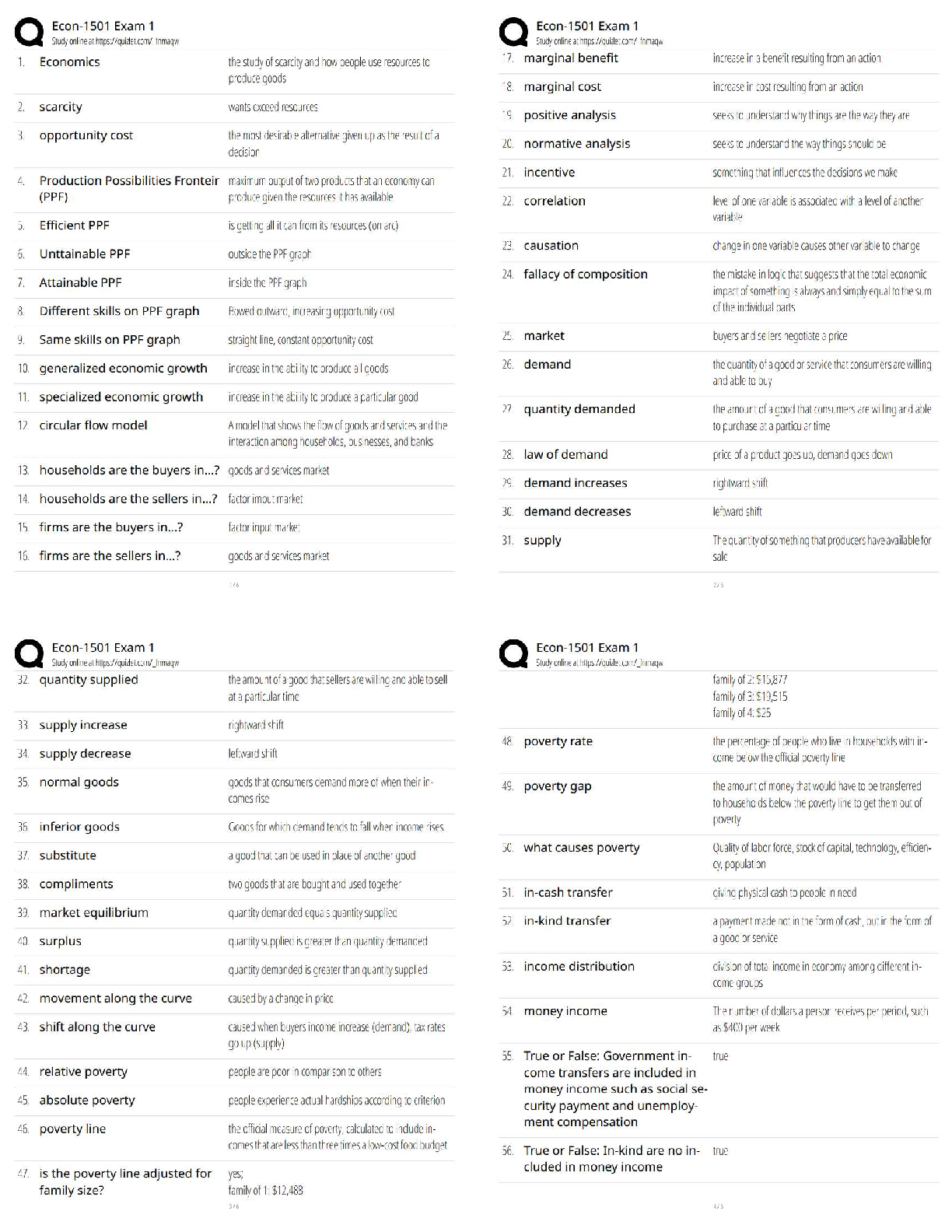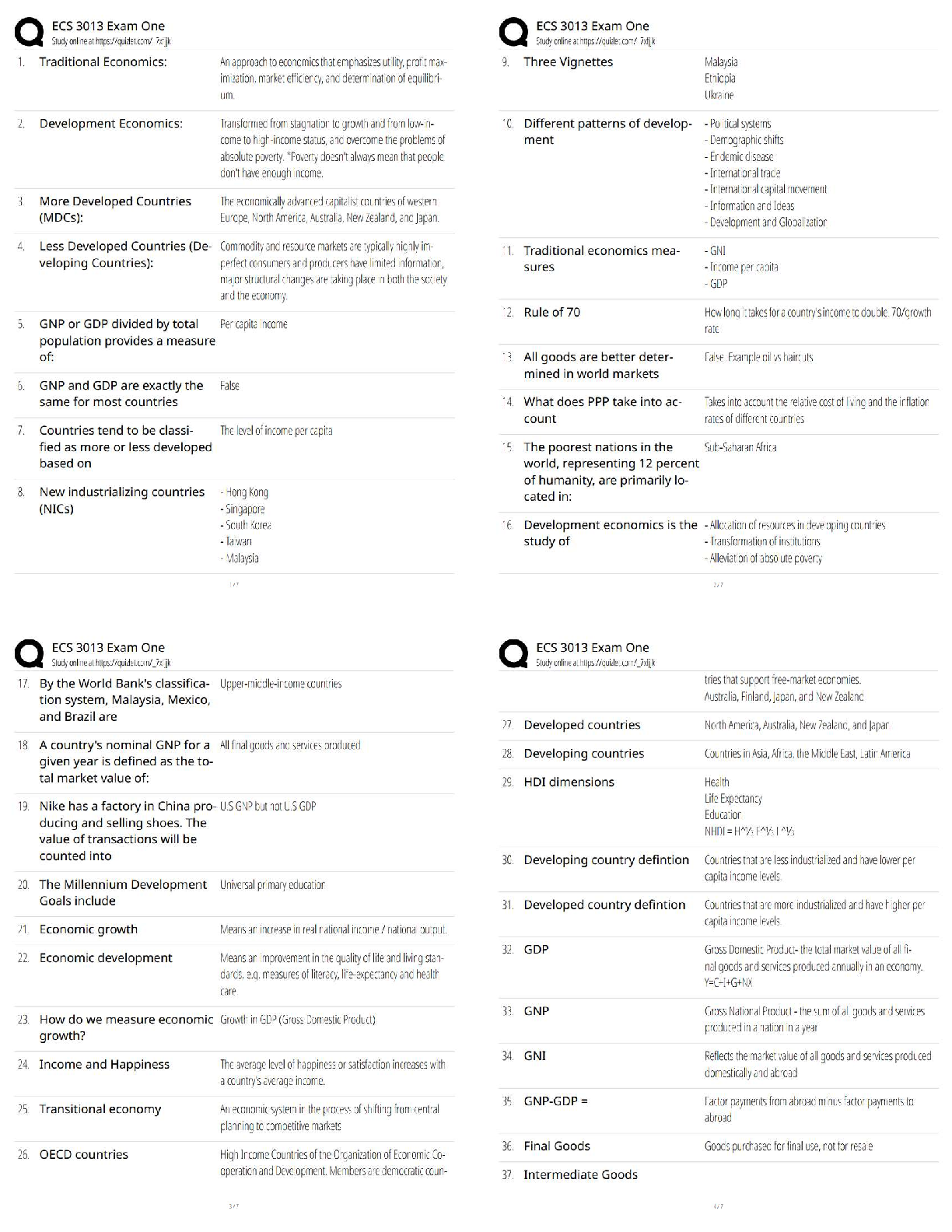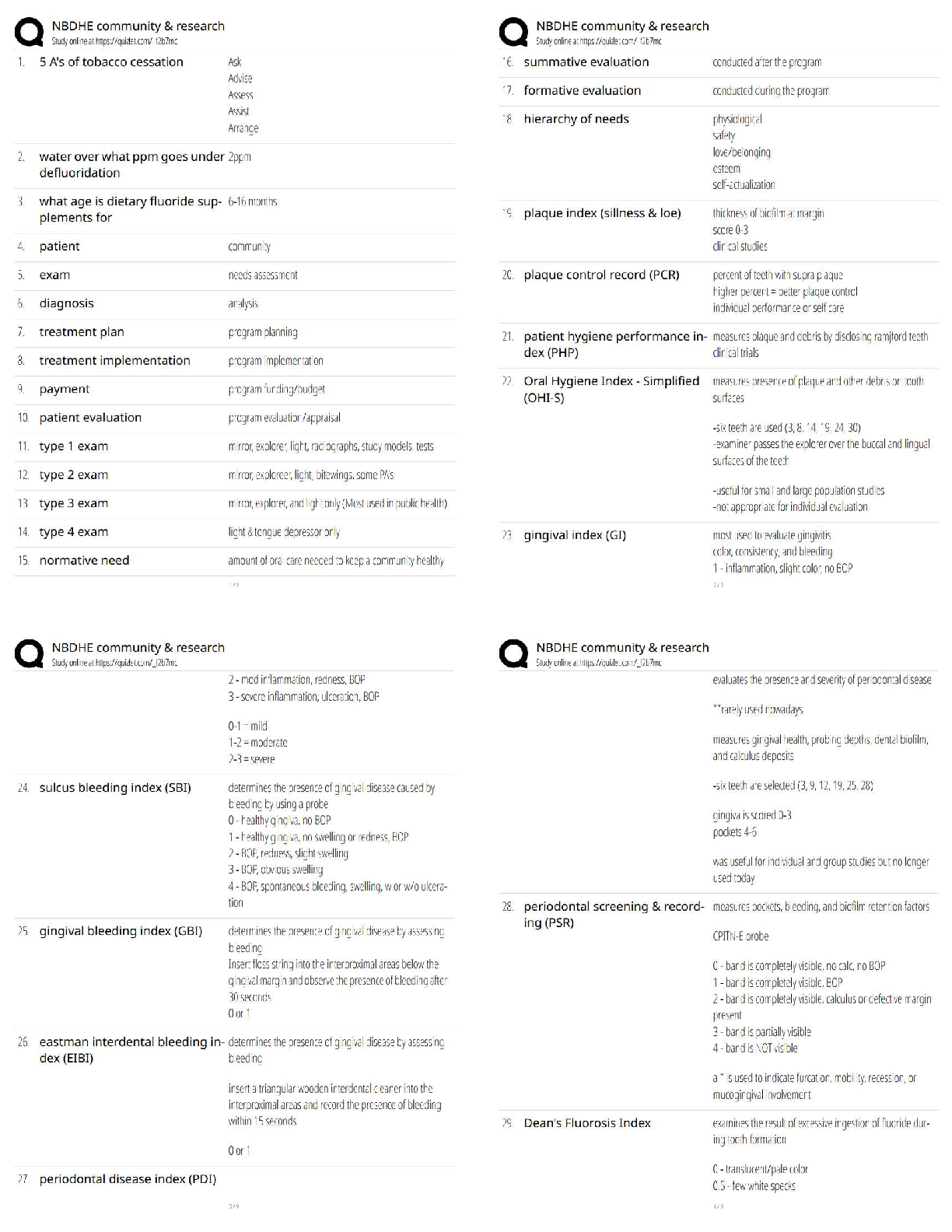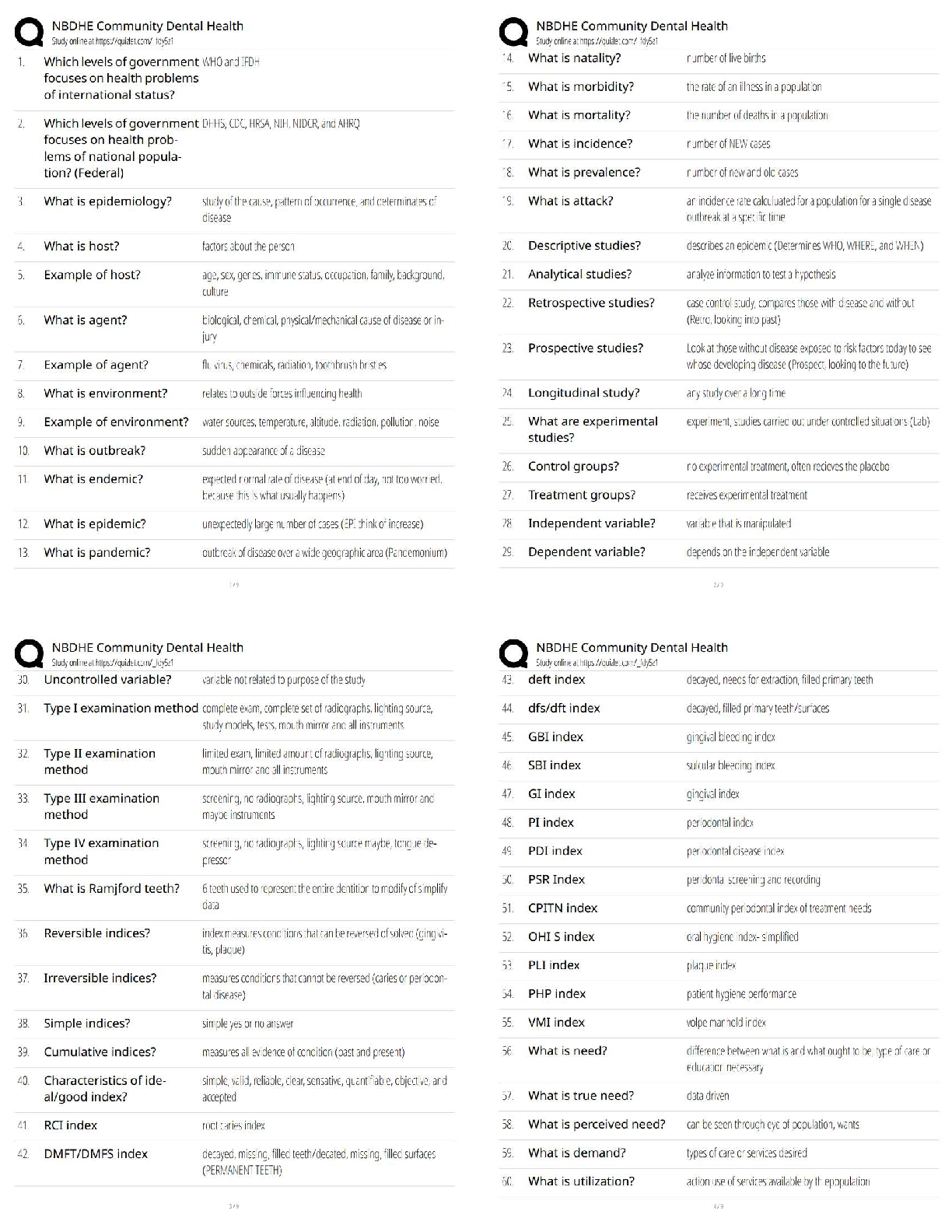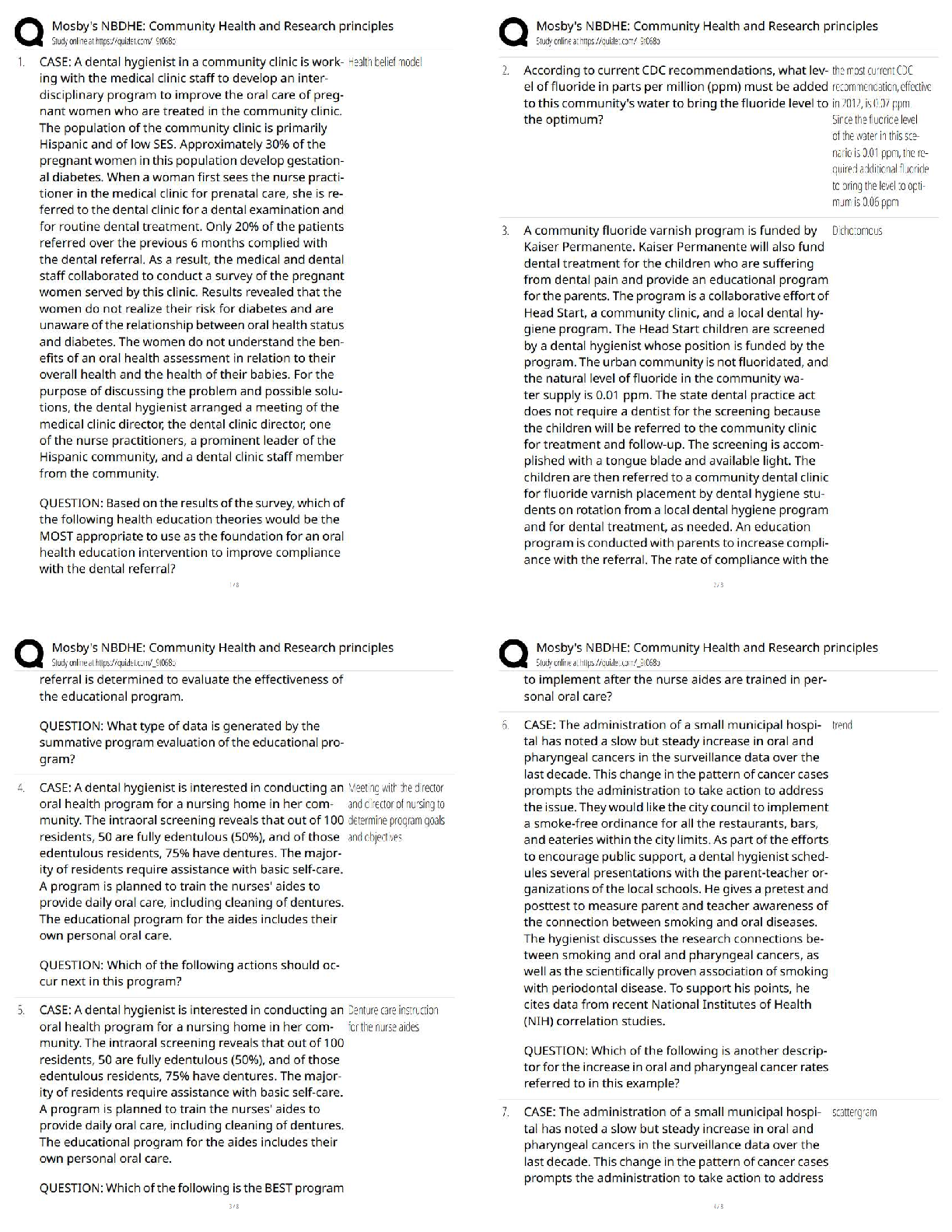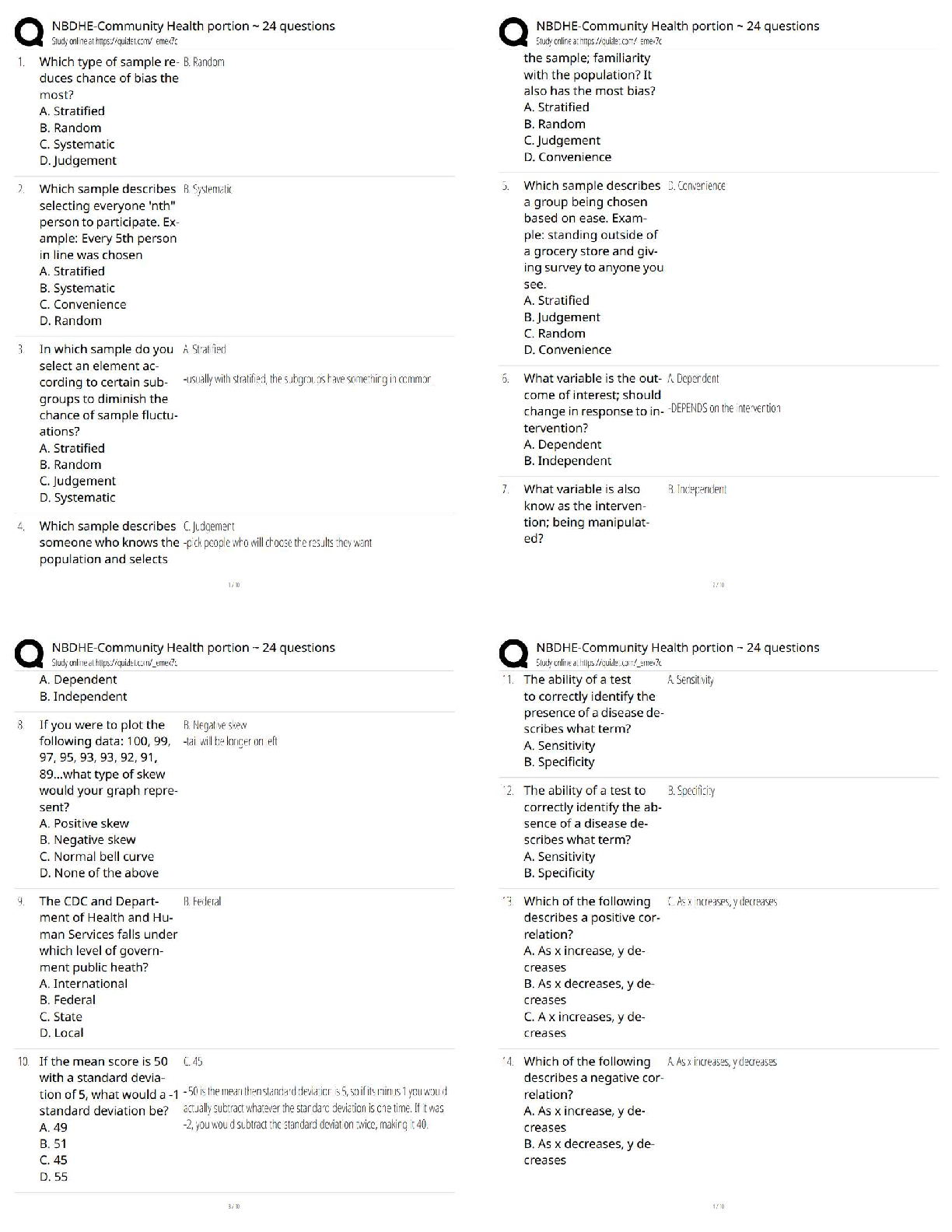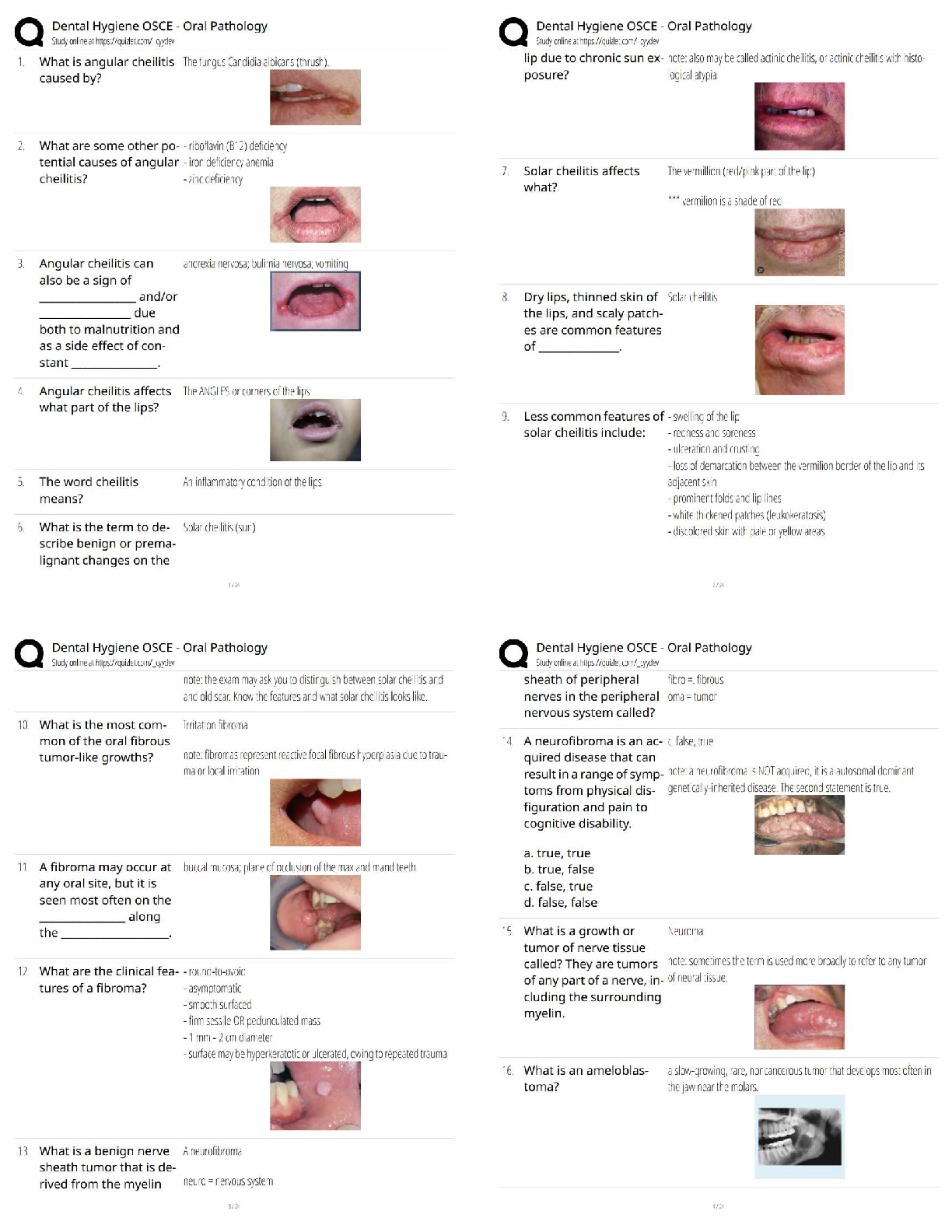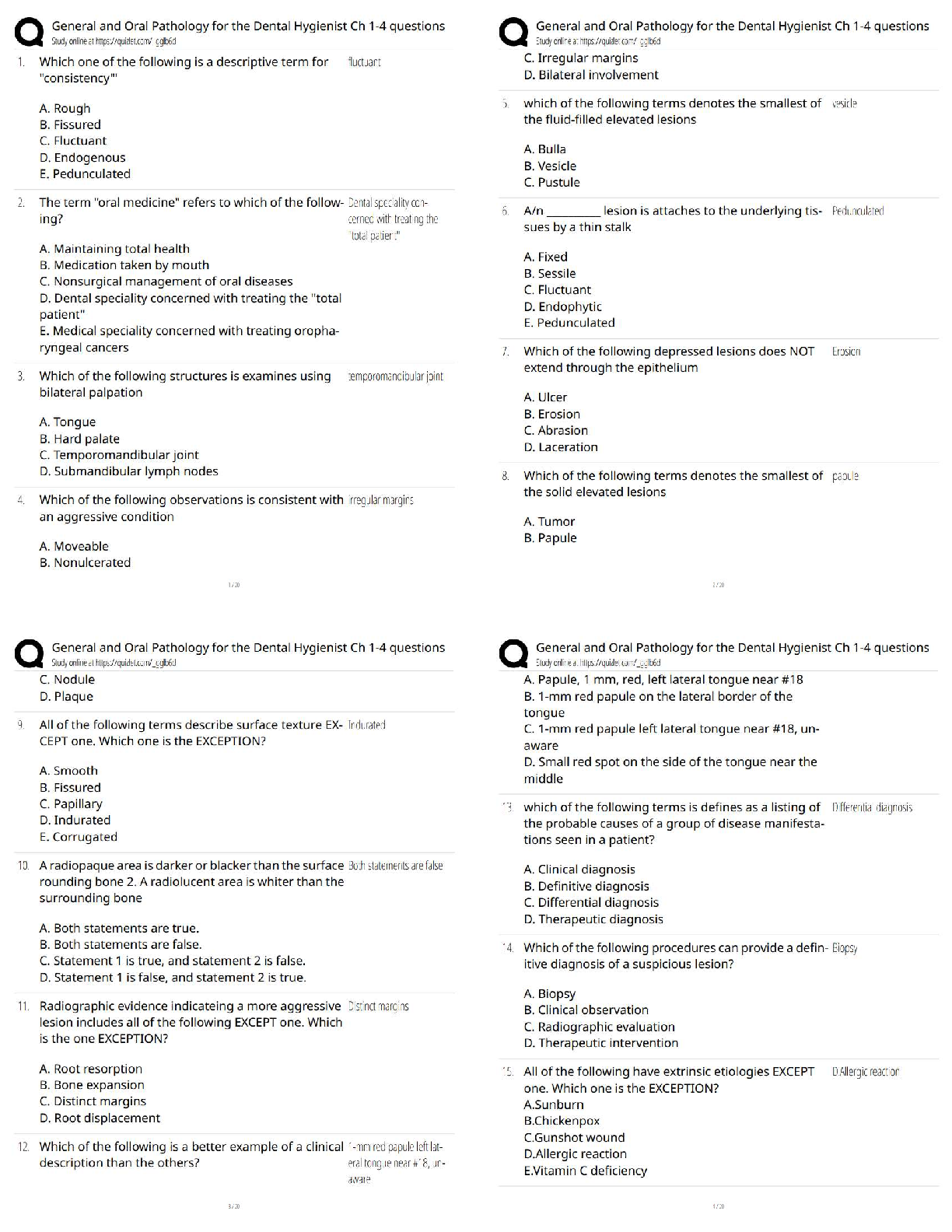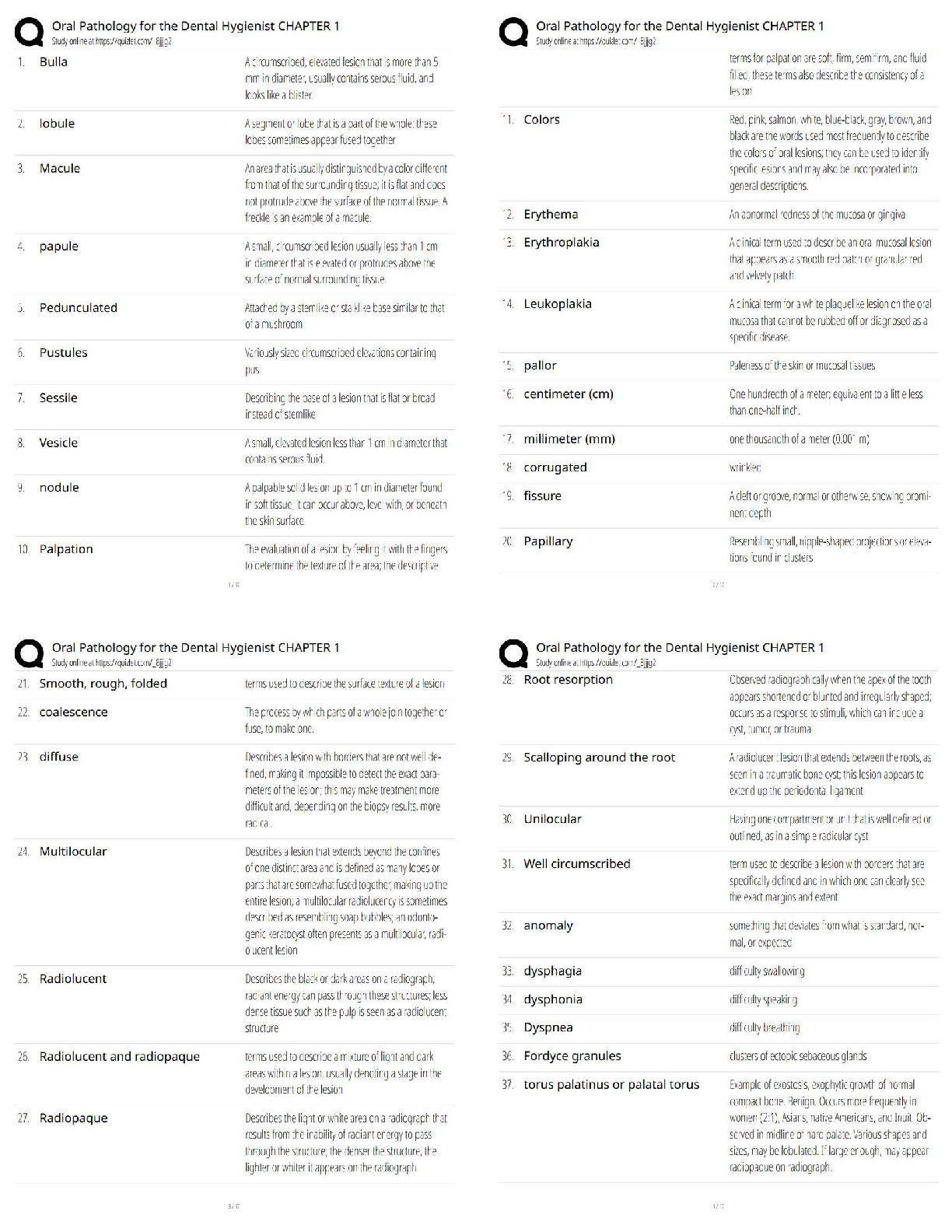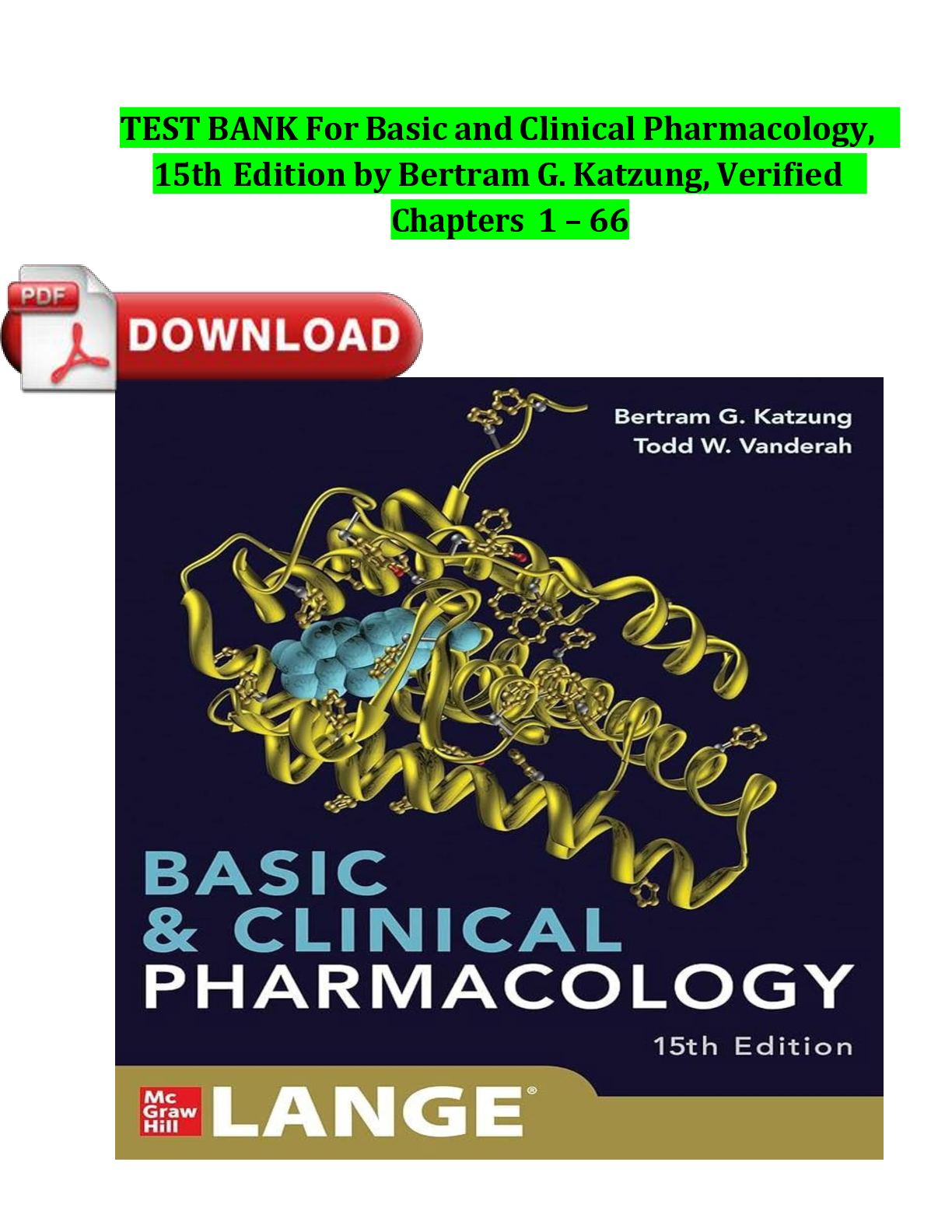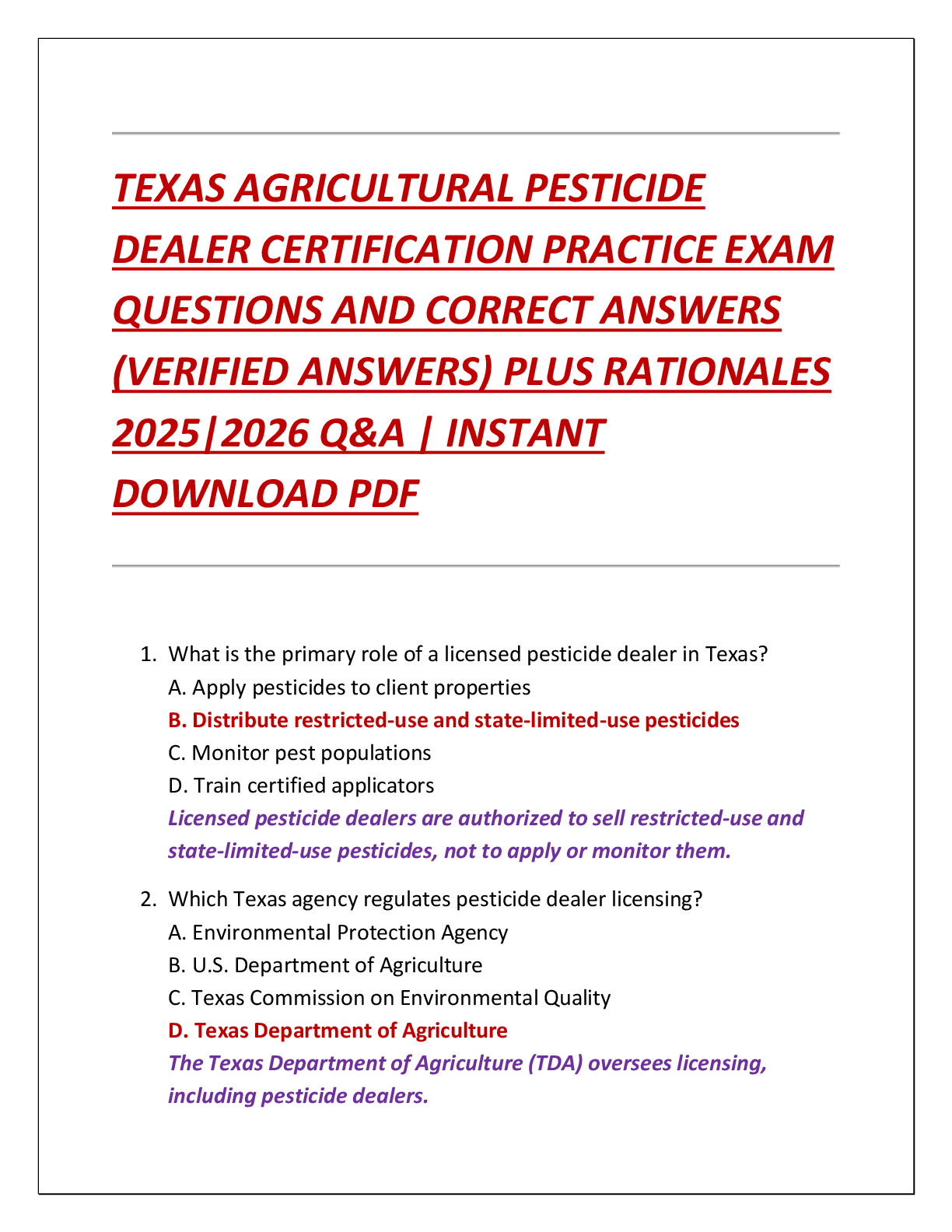.png)
AQA AS CHEMISTRY 7404/1 Paper 1 Inorganic and Physical Chemistry Mark scheme June 2021 Version: 1.0 Final
$ 10
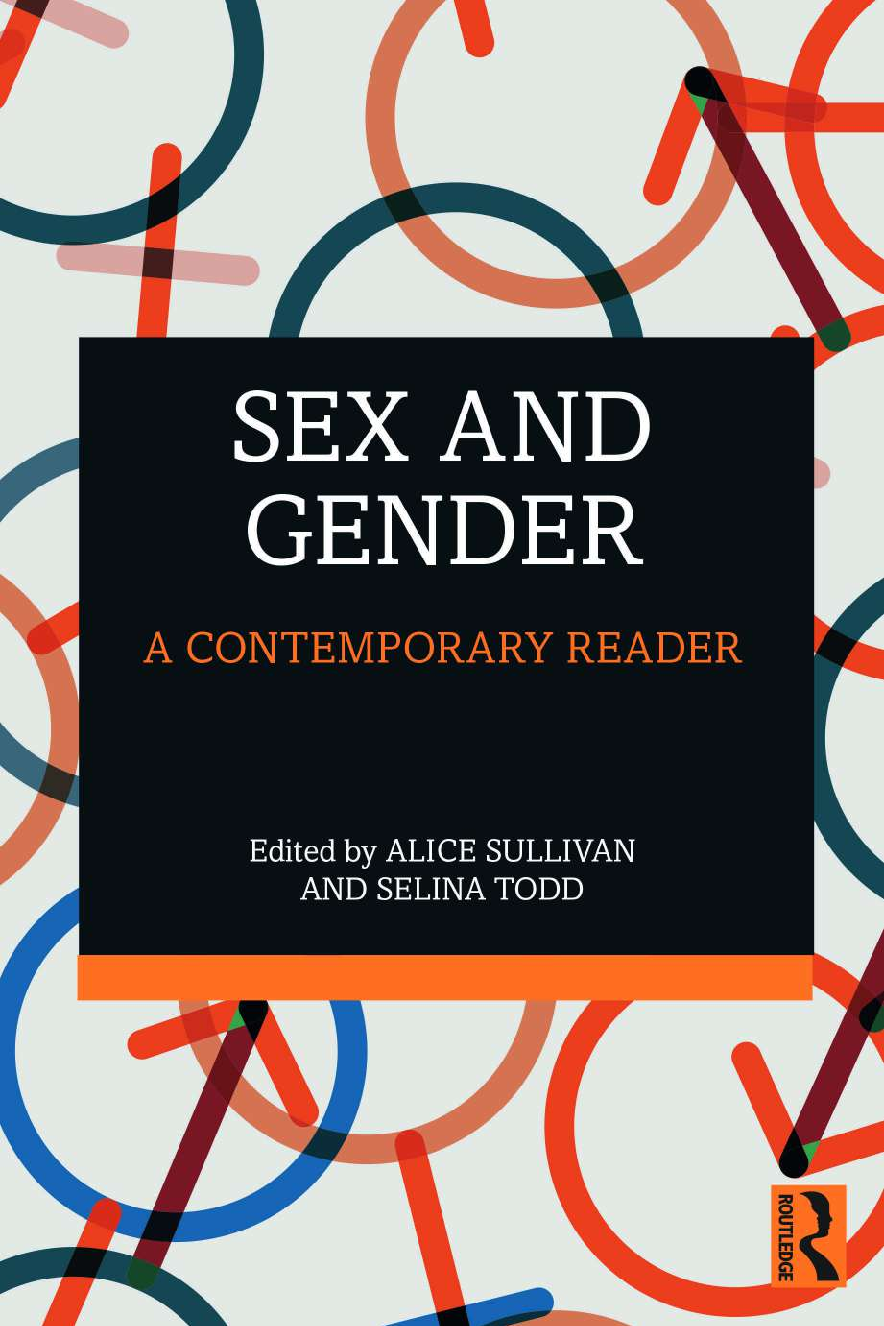
eBook Sex and Gender 1st Edition by Alice Sullivan , Selina Todd
$ 29
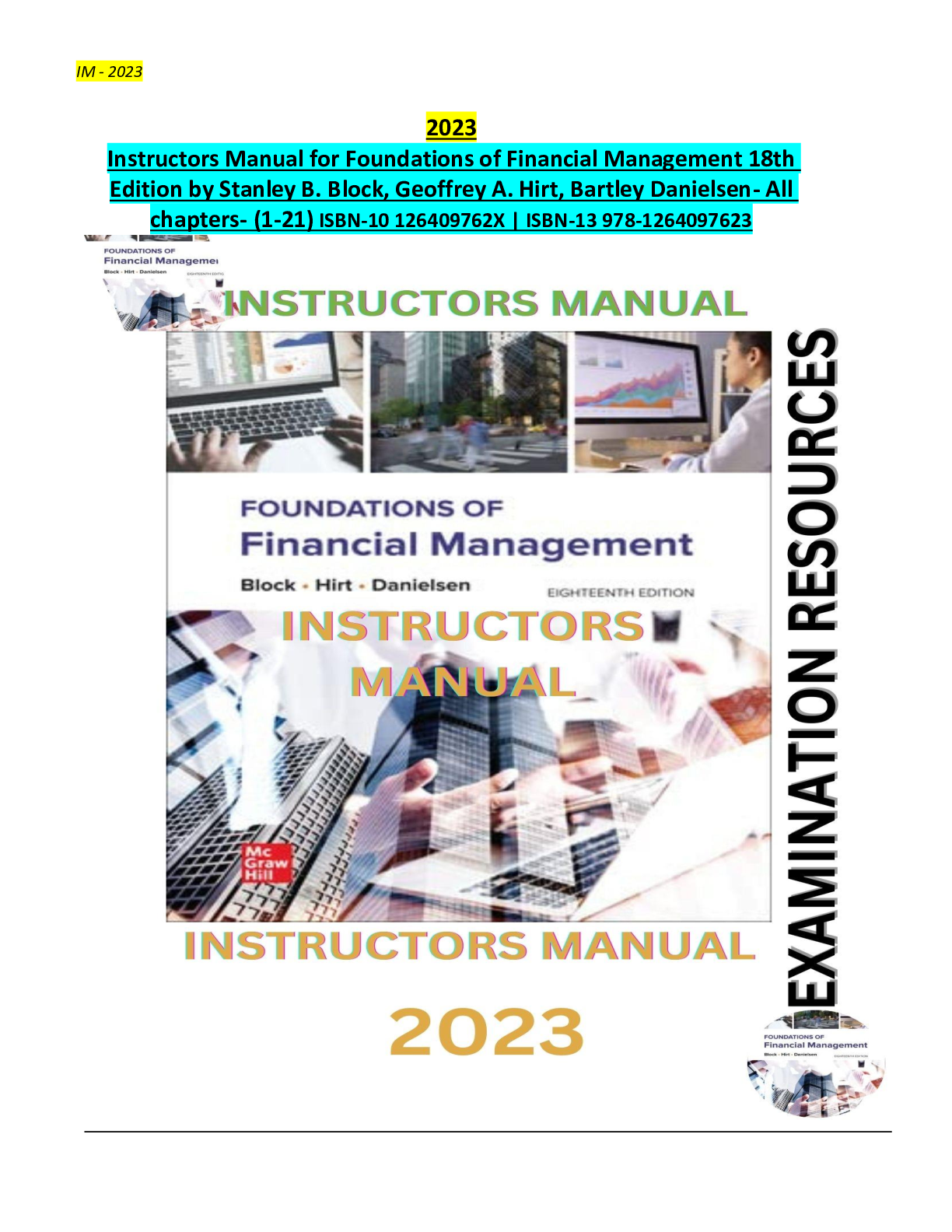
Instructors Manual for Foundations of Financial Management 18th Edition by Stanley B. Block, Geoffrey A. Hirt, Bartley Danielsen- All chapters (1-21)
$ 18
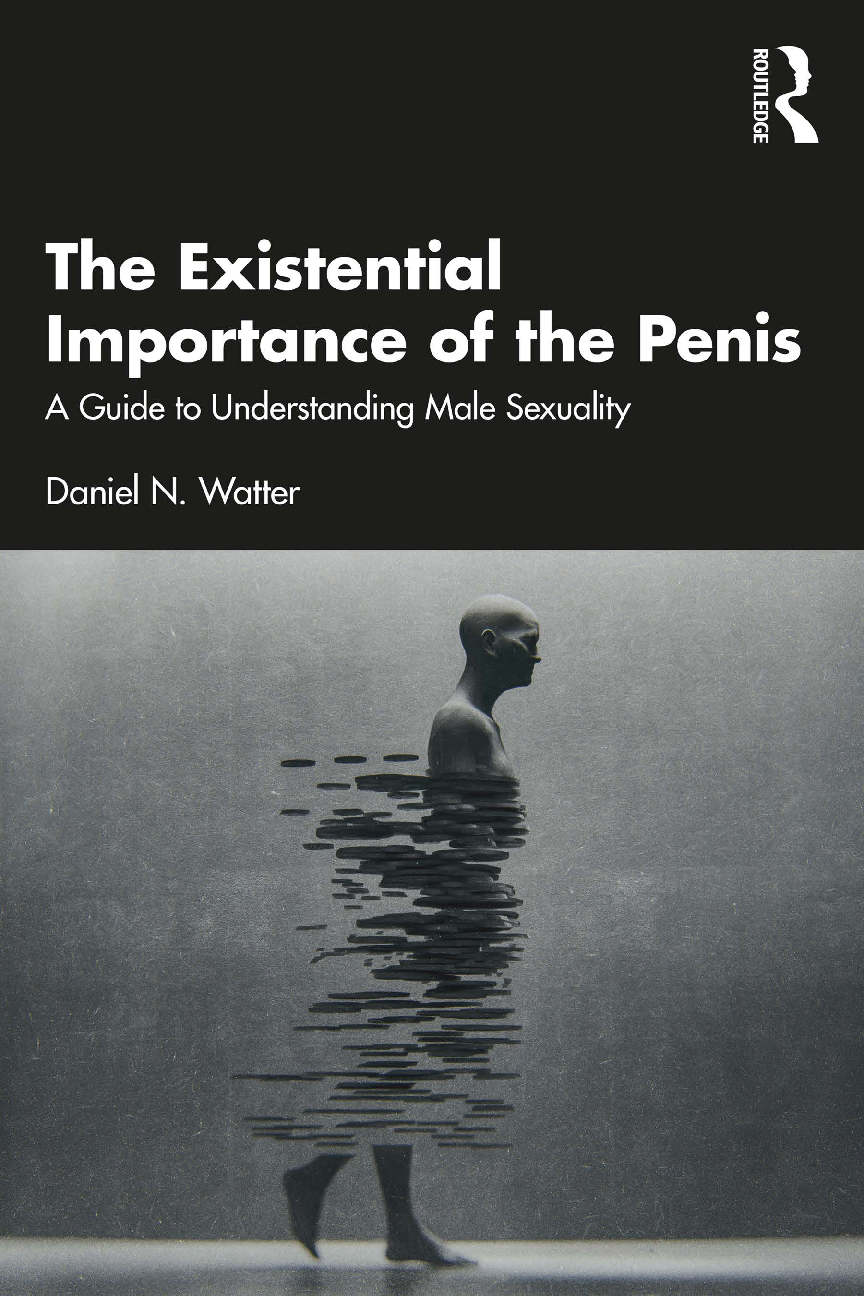
eBook The Existential Importance of the Penis, A Guide to Understanding Male Sexuality,by Daniel N. Watter
$ 29
.png)
RICA Written Exam (Practice Test) 100% Verified
$ 10

Jamf 100 Test With Verified Answers
$ 7.5

Summary QFT1 – IT Management Capstone Project – QFT1.doc
$ 14
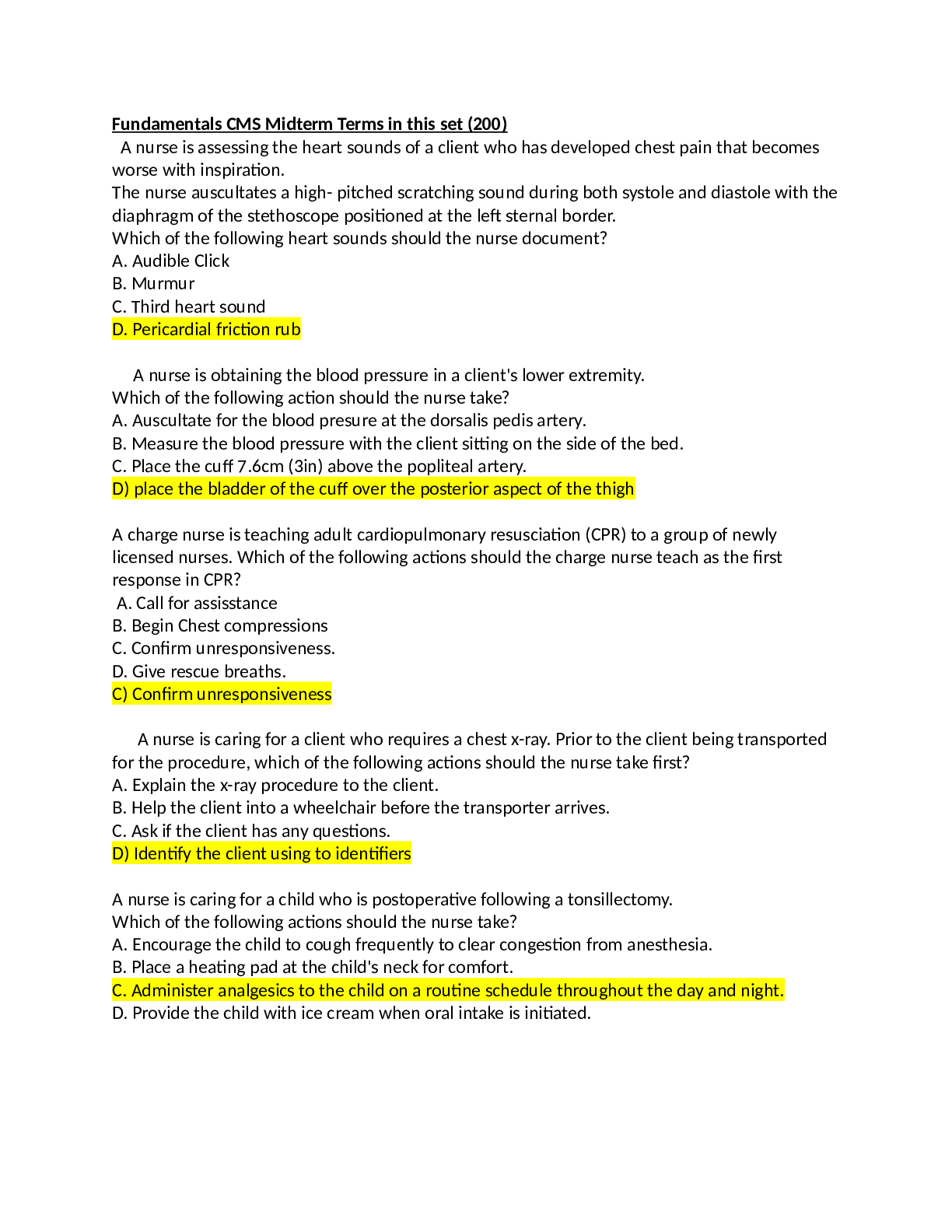
Fundamentals CMS Midterm Terms in this set (200)
$ 7
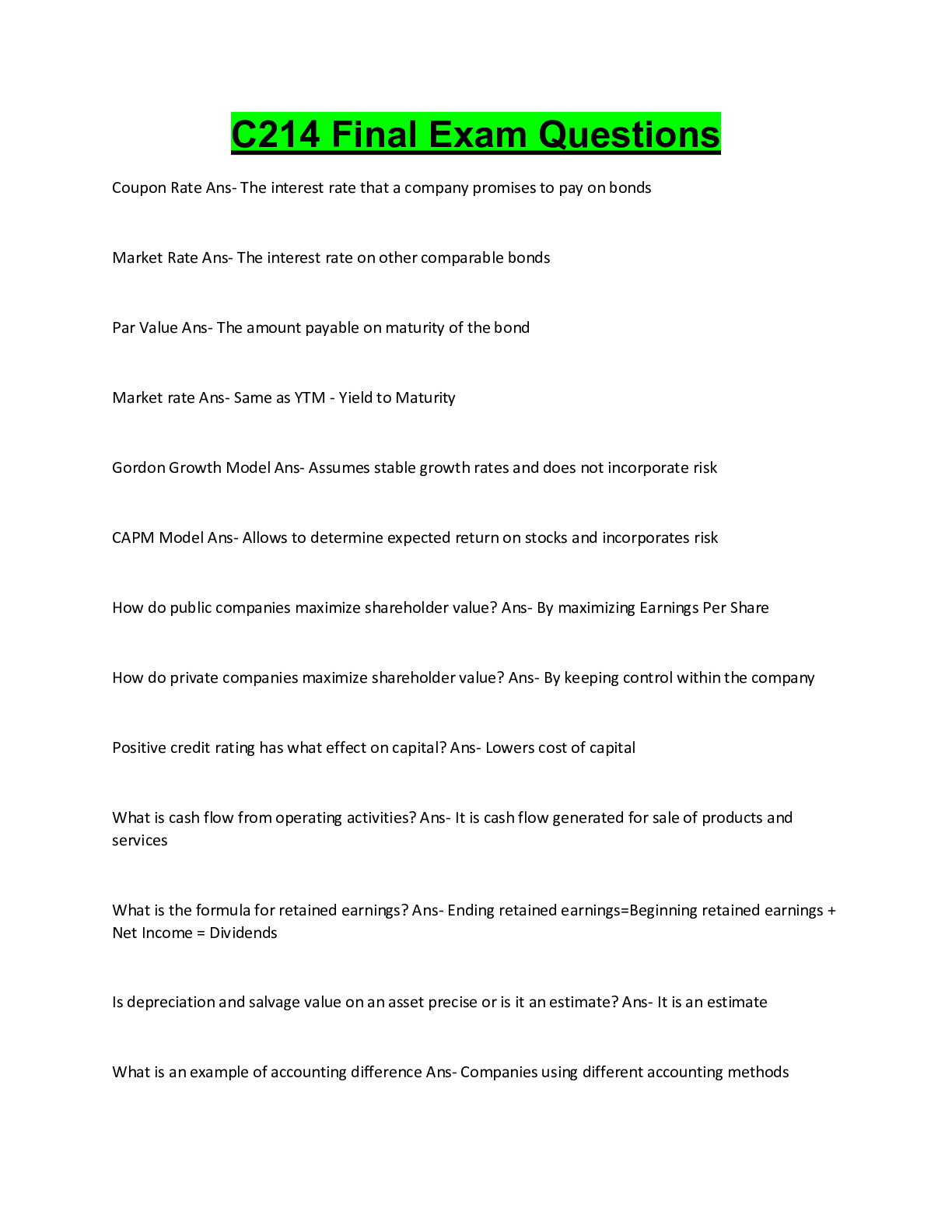
C214 Final Exam Questions
$ 9
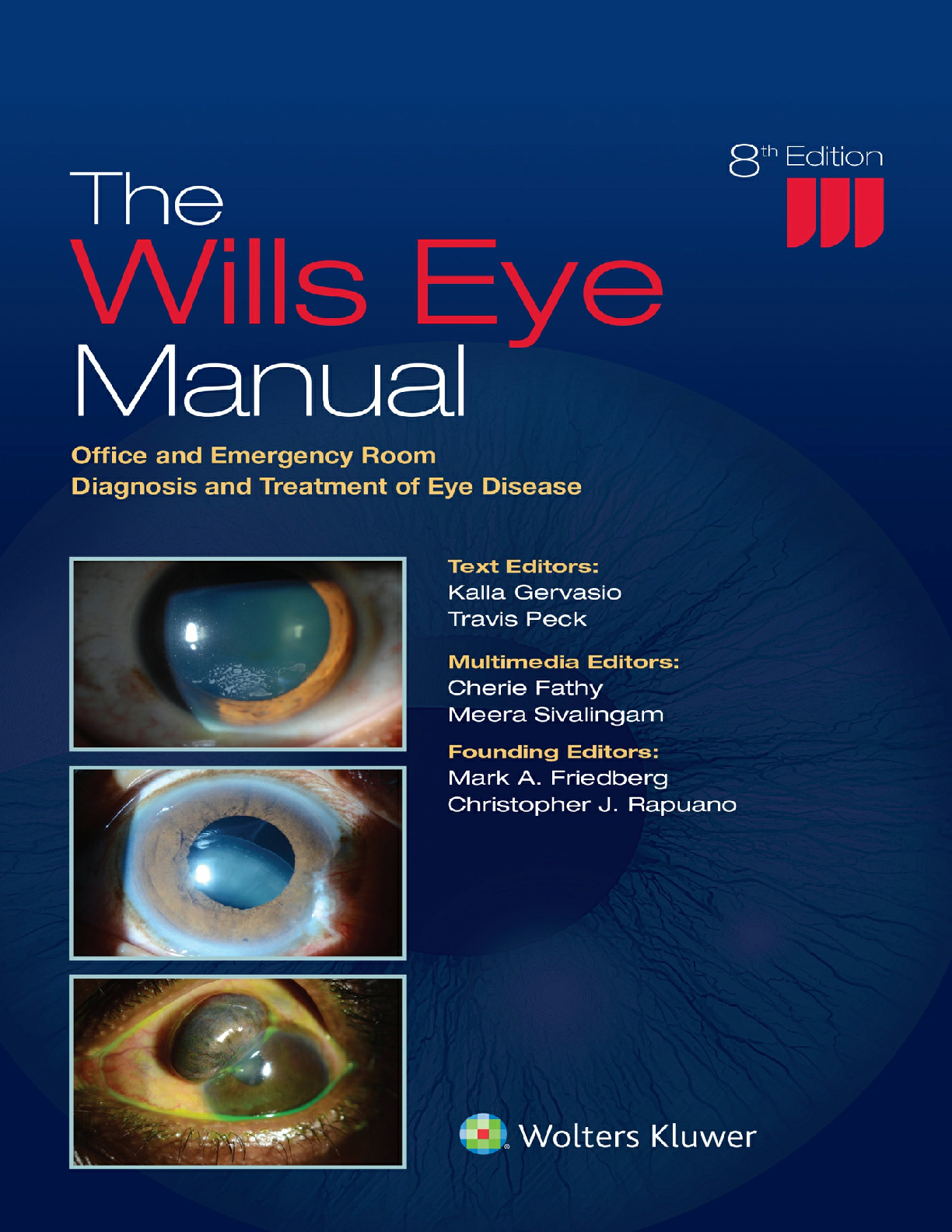
[eTextbook] [PDF] The Wills Eye Manual_ Office and Emergency Room Diagnosis and Treatment of Eye Disease 8th Edition By Dr. Kalla Gervasio, Dr. Travis Peck
$ 29
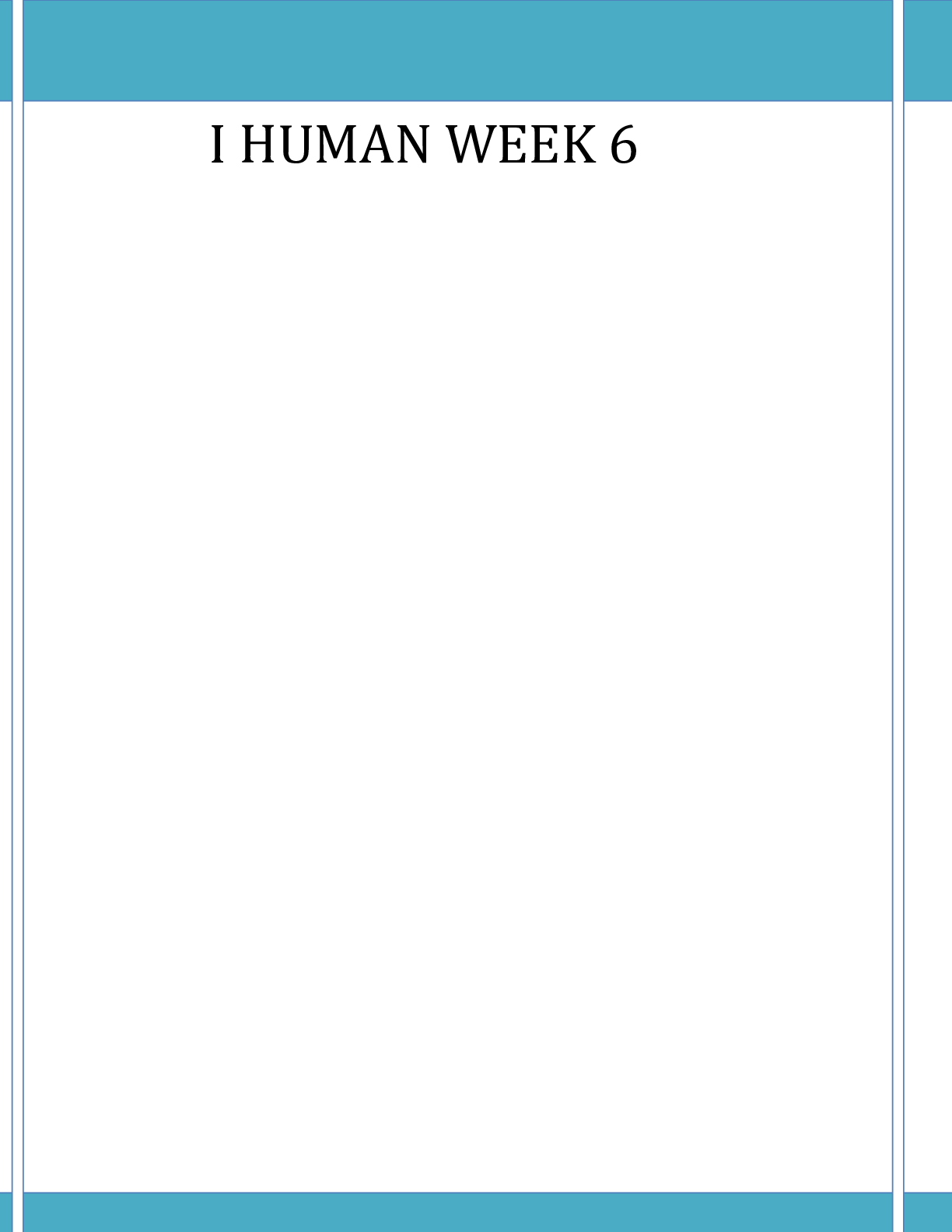
NURSING 6531 Ihuman week 6.
$ 5
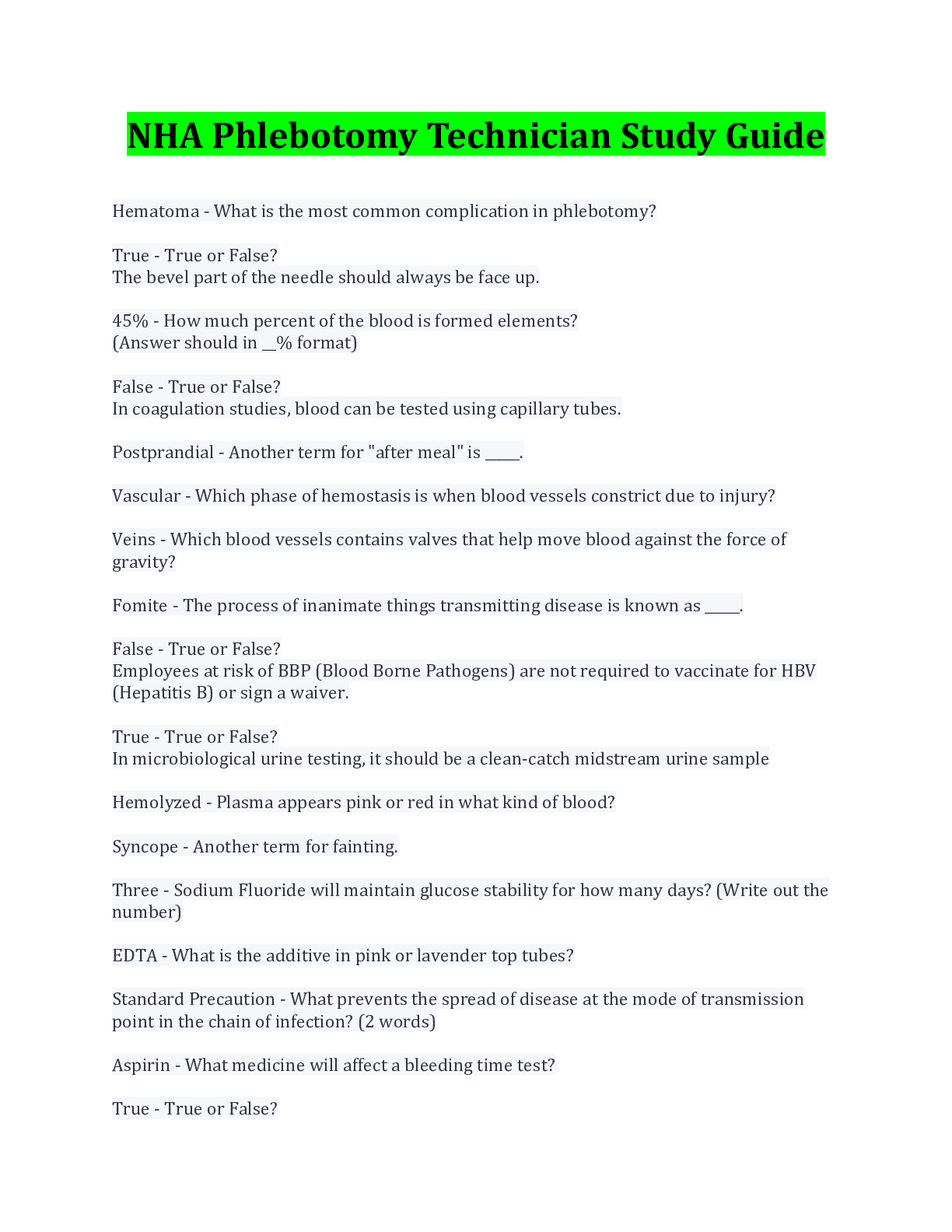
NHA Phlebotomy Technician Study Guide 2022/2023 Download
$ 11

Strategies for Teaching Learners with Special Needs, 12th edition By Edward A. Polloway, James R. Patton, Loretta Serna (Test Bank )
$ 25
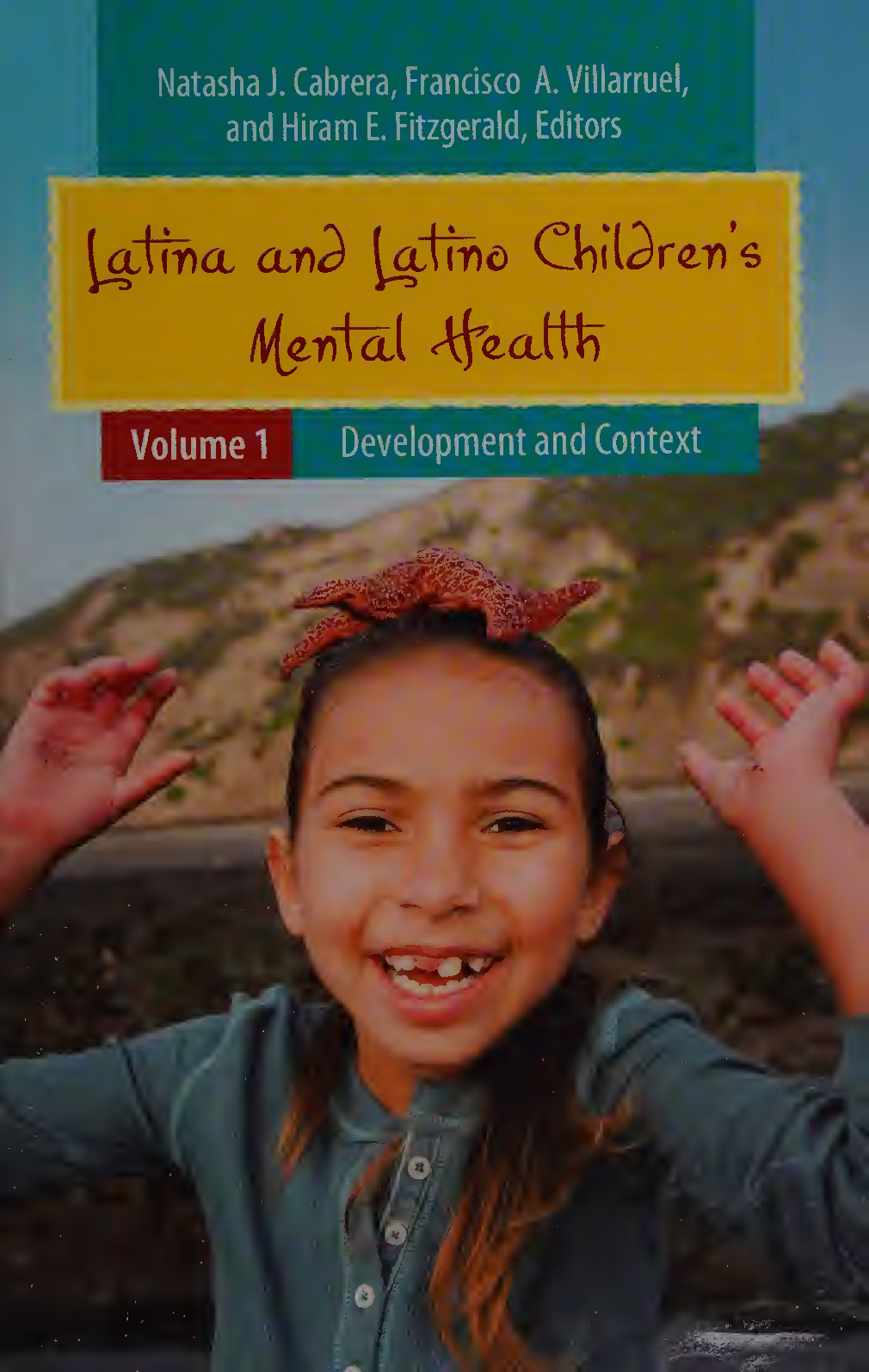
eBook (scan copy)Latina and Latino Children's Mental Health 2 volumes,by Natasha J. Cabrera, Francisco A. Villarruel Ph.D., Hiram E. Fitzgerald
$ 29

OCR AS Level Economics H060-01 Microeconomics MERGED QUESTION PAPER AND MARK SCHEME
$ 15

OCR AS Level Economics H060-01 Microeconomics MERGED QUESTION PAPER AND MARK SCHEME
$ 15.5
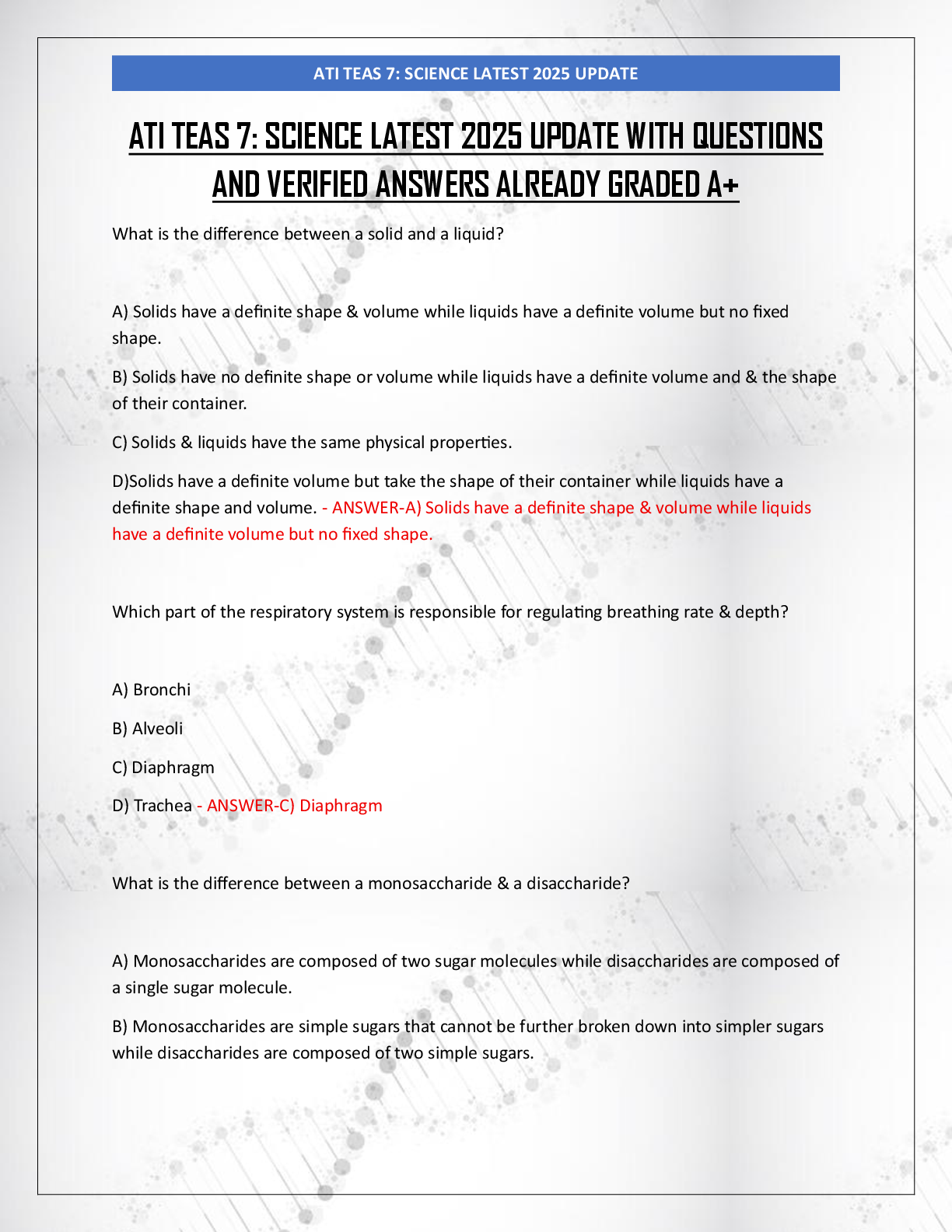
ATI TEAS 7: SCIENCE LATEST 2025 UPDATE WITH QUESTIONS AND VERIFIED ANSWERS ALREADY GRADED A+
$ 10

HESI Anatomy and Physiology

.png)


